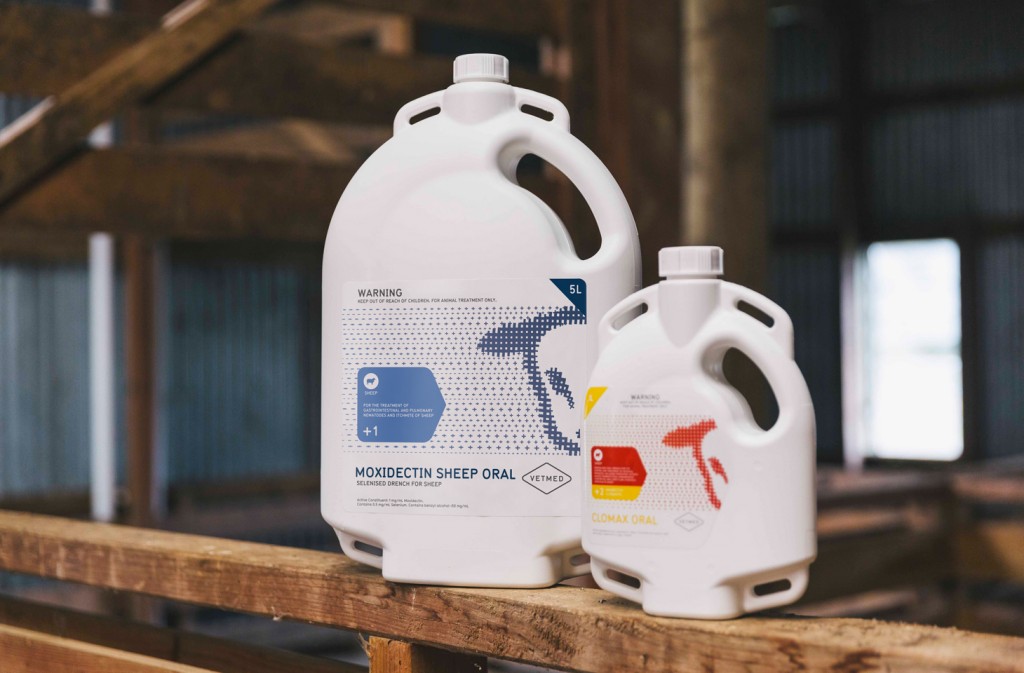Barber’s pole worm can cause significant production losses when the immature L4 and and adult stages are present in large numbers.
It is important that your drench is effective against all worm species. When drenches with persistent activity are required, Moxidectin and and Clomax may be suitable for your situation. Ask your local PGG Wrightson Technical Field Representative about the drenches that will best suit your needs.
Barber’s pole worm sucks blood directly from the host (sheep, goats, alpacas and and llamas) causing blood loss, which if the animal cannot replace quickly enough, leads to a lack of energy, loss of body weight and and death in extreme cases. One thousand and worms can suck a total of 50 ml of blood from the host per day. To give some perspective, a 30 kg lamb has approximately 1800 ml of blood. Interestingly though, this parasite does not cause scouring.
The eggs and and larval stages of this worm benefit from warm and and wet conditions. Development of the larva begins once temperatures are above 18 °C and and when there is moisture (10-15 mm of rain), but the ideal temperature is 25-30 °C. Development from egg to infective larva can take as little as four days under ideal conditions, or may take up to 28 days when cooler. This rapid development and and the high fecundity of the female capable of laying 5,000-10,000 eggs per day, can lead to heavy pasture contamination and and severe infections in all ages of livestock. The eggs and and larvae can also survive in the faecal piles, so when rain breaks these apart after a dry spell, large numbers can develop at once causing a heavy challenge.
Barber’s pole worms are mostly found in lambs when drench intervals are extended beyond 28 days and and all worm species are present. Using an effective triple combination drench prevents any eggs from being laid onto the pasture for three weeks, helping to lower overall pasture contamination. Two drenches have persistent activity against barber’s pole worms, but we are seeing a reduction in this protection period with Moxidectin and and this may also be occurring with Closantel. This parasite is resistant to many combinations of drenches in Australia, so we need to use these drenches wisely and and not overuse them. Faecal sampling and and larval culturing after using these products is recommended to determine their length of protection.
As the eggs can quickly develop into infective larvae, set stocking allows these larvae to reinfect the sheep. This is called ‘auto-infection’. Rotational grazing and and integrating cattle into the grazing rotation works well to lower the pasture larval contamination, however barber’s pole worms can be found in beef calves prior to weaning, acting as another source of contamination. When the maximum daily temperature is 25 °C, 40 percent of the infective L3 stage die after 14 days and and 60 percent at 30 days. So the longer between sheep grazing the better.
Monitoring larval cultures by identifying the worm species from the faecal egg counts, examination of eyelid colour and and watching weather conditions help identify barber’s pole worm risk and and whether a barber’s pole specific drench is required. This is a crucial decision in the pre-tup period for both ewes and and rams.
Andrew Dowling BVSc, Technical Manager – Animal Production, PGG Wrightson

